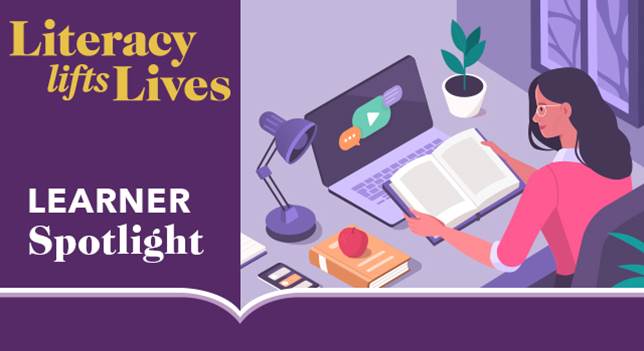
Apr 16, 2025April 9, 2025
In our community and across our nation, low literacy skills contribute to unemployment, poverty, crime, overuse of emergency healthcare services, and other social problems. The children of people with limited literacy skills suffer from increased rates of academic and behavioral problems in school.
(*Program for the International Assessment of Adult Competencies: State and County Estimates of Adult Skills, 2017 data released 4/2020.)